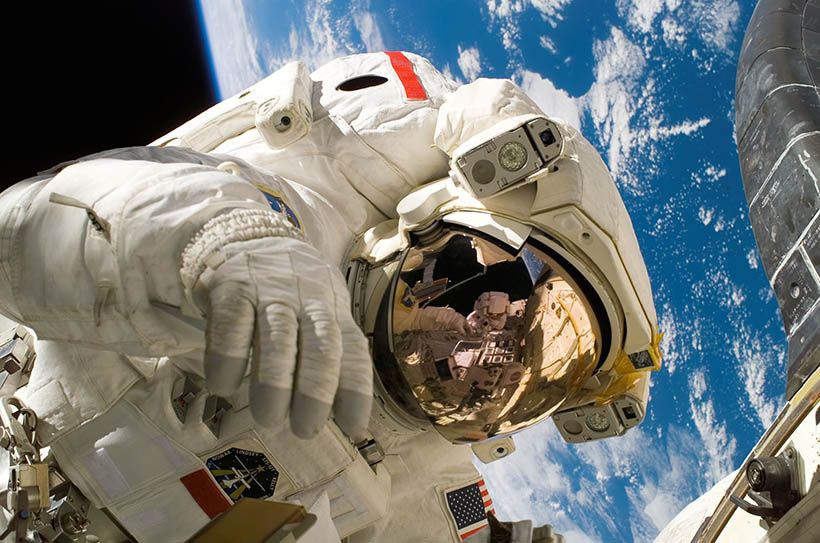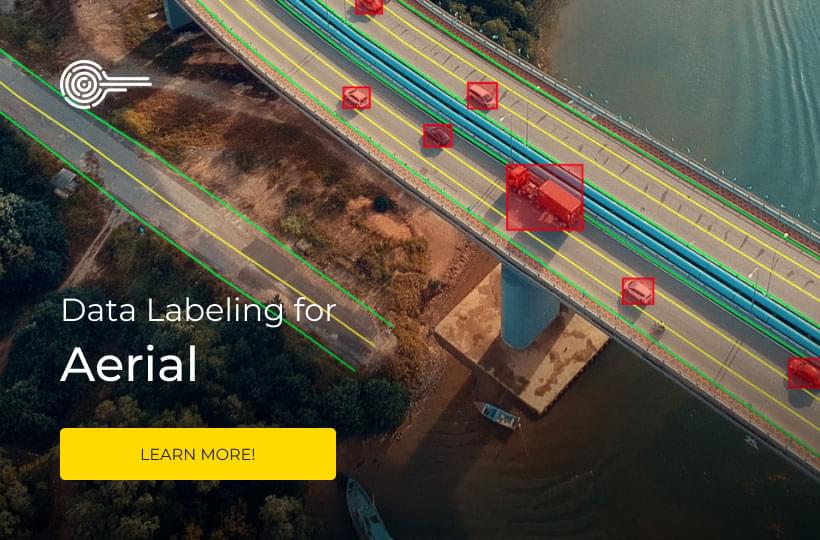Data Collection and Computer Vision in Space
The James Webb Telescope is currently engaged in the largest data collection effort that NASA has ever undertaken. with nearly countless gorgeous images of space. As a result, new worlds and solar systems are now being discovered all the time. Many of these planets are in what has been described as the “goldilocks zone.”
That is to say that many new planets that have been discovered are the right distance away from their sun. They have the right temperature range and appear to have the right chemistry to, at least in theory, support extraterrestrial life that is something like life found on earth.
The pictures and data taken by the JWST are not only for the human eyes of NASA scientists and the general public. Human eyes can not see most of the incredible spectrum that the new NASA telescope can see. Not without it all being interpreted and processed into something we can see and make sense of. The raw, unedited images and data are better suited for machine learning algorithms and artificial intelligence.
The new algorithms used by NASA can show the degree of uncertainty they have in their answers, making them more trusted by NASA scientists. The James Webb Telescope’s impressive capabilities allow us to stare deeper into the universe and ancient past than ever before. All this new data collected may provide answers to questions our very best minds don’t even know to ask.
One question that we are always asking is, “Are we alone?” The new AI in the Sky that pierces the heavens with the mighty gaze of computer vision may one day provide an answer.
Drones Data Collection in Space
In 2018 NASA created an intelligent navigation system that uses artificial intelligence to explore space and new far-off worlds. Scientists and engineers used satellites for autonomous vehicle data collection in space.
NASA satellites and rovers use artificial intelligence to make some decisions and navigate. The latency from such long-distance communication is high. It takes a long for signals to reach space or go from space to the earth.
New AI allows autonomous spacecraft to detect and react to internal and external events. That way, the long signal delay does not affect the mission's safety. AI is needed to respond to events quickly.
Scientists use satellites and telescopes for data collection for those autonomous vehicles in space. Autonomous vehicles on earth can use things like Google Maps, but there are no such Google Maps for outer space. Hundreds of terabytes of high-definition images and data are collected daily from such sources by image data collection services.
Computer Vision Powered Astronaut Assistants
Artificial intelligence technologies have a long way to go before they are used extensively by astronauts in space, where they are there to make the decisions for themselves.

However, astronauts do make use of an AI assistant that the European Space Agency launched. The fully voice-controlled CIMON and the updated CIMON-2. CIMON stands for crew interactive mobile companion. It is powered by IBM’s Watson and was developed in Germany. CIMON is able to provide instructions on repairs. The AI also aids in scientific experiments conducted on the space station.
CIMON is also a free-floating robot with unique facial recognition so that it knows who it is talking to. It also reads facial expressions so that it can display empathy. CIMON uses computer vision and voice recognition to fly about the ISS autonomously and obey astronaut’s commands.
Uses for Artificial Intelligence in Space Exploration
- Navigation for autonomous vehicles in space
- Search for extraterrestrial life
- Make discoveries with satellite telescope images
- Answer questions that scientists don’t even know to ask
- Make predictions with a high degree of accuracy
- Assist Astronauts aboard ISS
- Explore safely where humans can’t go

The Future of Space Exploration is AI
Artificial intelligence provides solutions to many of the problems of space exploration and astronomy. Space is vast and infinite. Humans can’t possibly search through all the images and data we receive in Astronomy without the help of machine learning algorithms and AI.
Humans also can’t even see in the full spectrum of colors that digital cameras can. (The James Webb Telescope is still simply a very fancy and expensive digital camera.) Machines do not have that limitation.
Space is very dangerous, and events can happen quickly, even faster than on earth. Signal latency is high over very long distances. It takes too long for information to reach mission control, humans to make an informed decision, and for that decision to reach space.
A well-trained and advanced AI can react to events much more quickly. Space is a dangerous and alien place. Conditions are very hostile to fragile life. Space travel is also slow. It takes a long time to reach nearby Mars or even our own moon.
Machines can be built to survive harsh conditions, and artificial intelligence can be made to navigate the journey. Robots, not astronauts, are now safely exploring the planet Mars powered by artificial intelligence. When we send human beings into space to the ISS, they are aided by a flying robot and AI, CIMON.
Such technologies still have a long way to go before they are used to their fullest potential. Image data collection services receive hundreds of terabytes a day from space. This scientific information can also be used to drive advancement in machine learning and the future of space exploration.